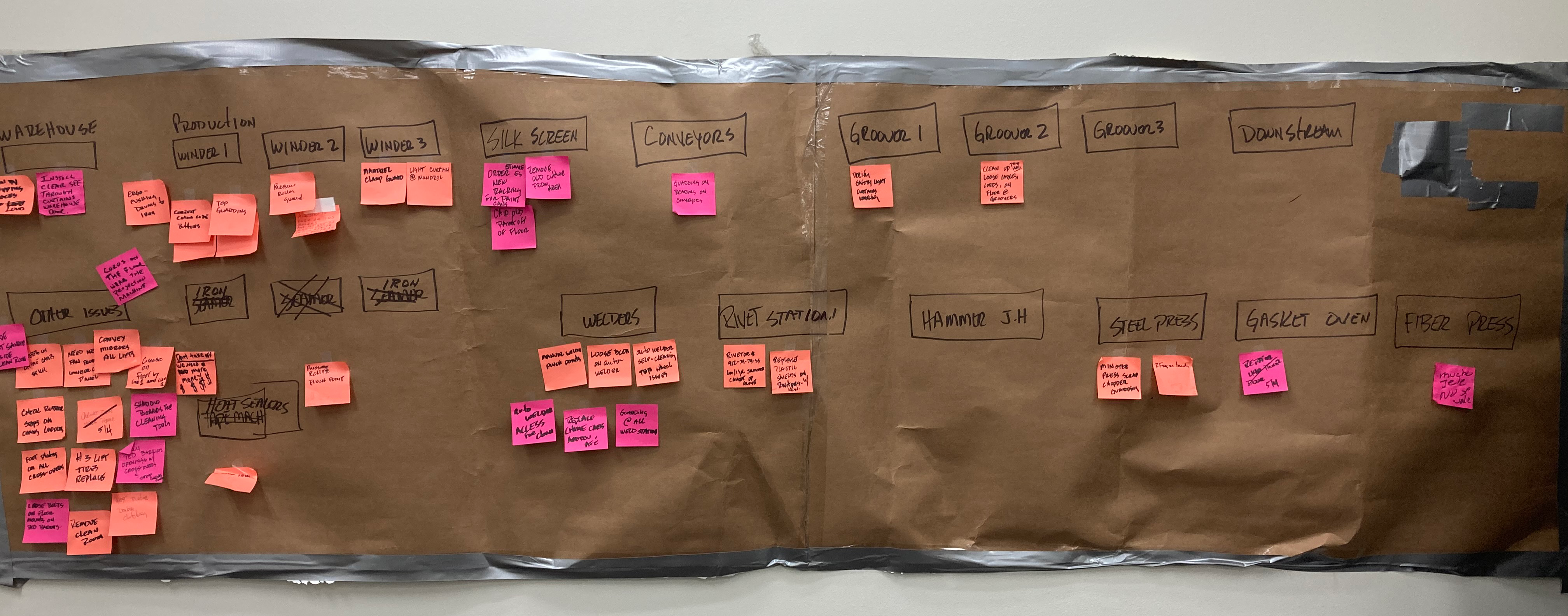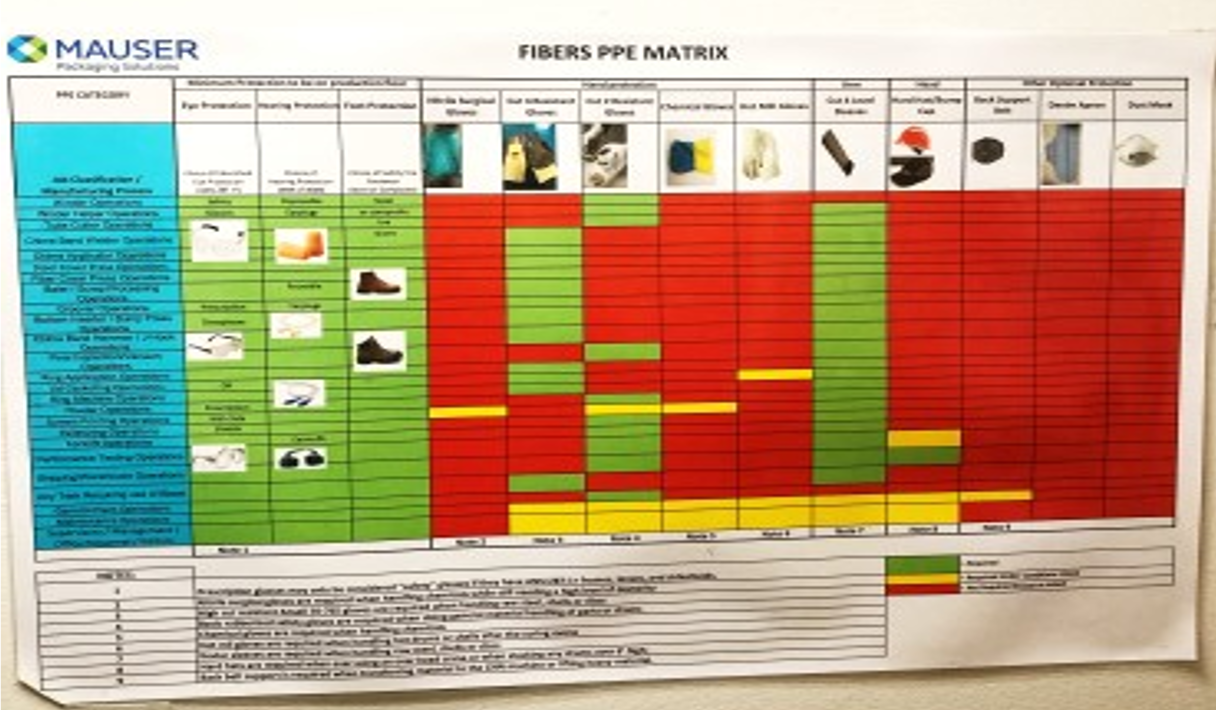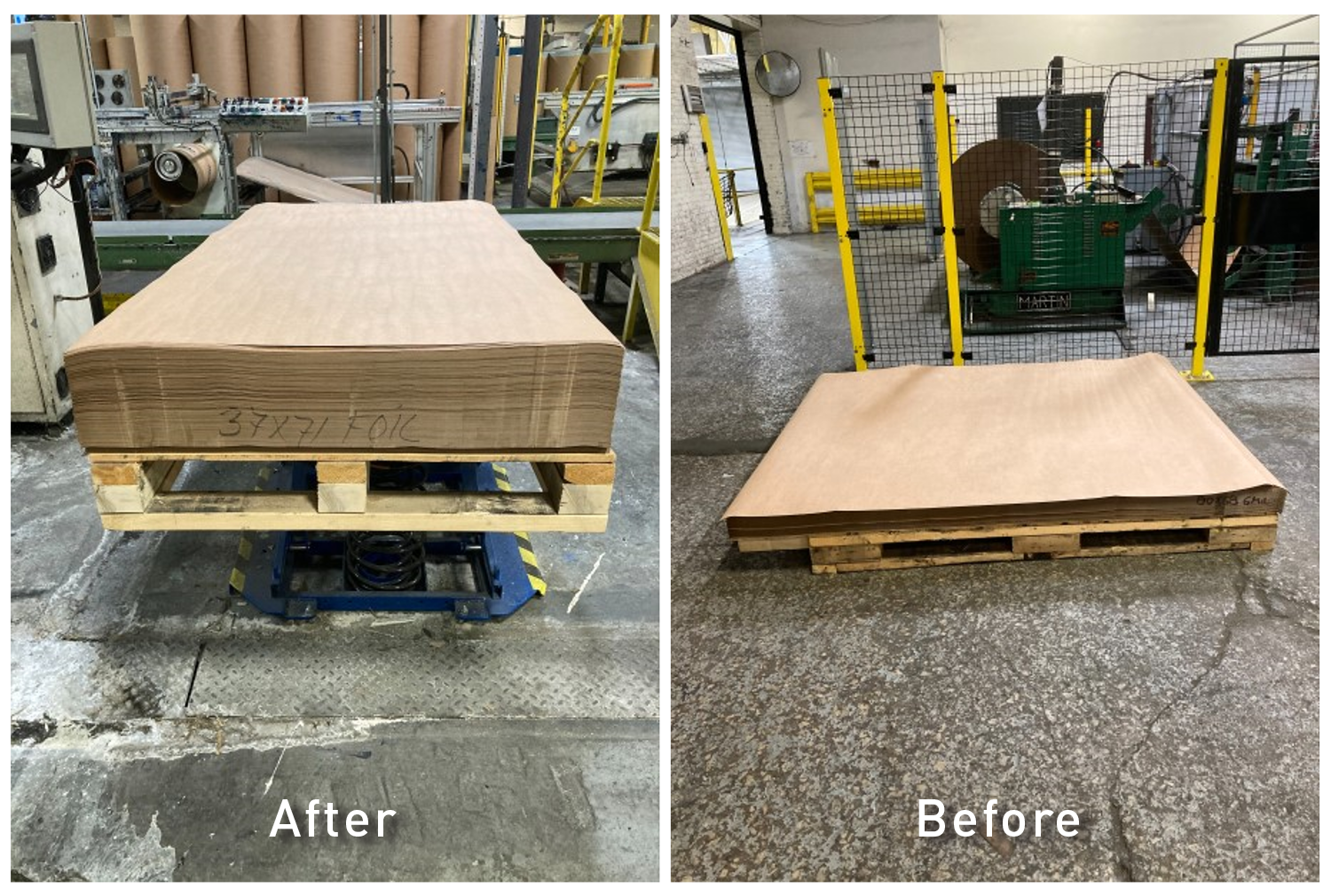Establishing a safety culture at any facility starts with a commitment to do the work necessary to ensure every employee goes home safely at the end of every day. This commitment begins with leadership but requires the buy-in of every individual. Over the past two years, the Chicago Fiber facility (NAIP) has demonstrated how this commitment can result in the development of a work environment that values employees’ safety above all other goals or priorities.
“The Chicago Fiber facility has made a 180 degree turnaround in regard to safety over the past two years,” commented Rick Capps, NAIP EHS Director. “This team is doing a phenomenal job right now and is a relatable example for our other facilities to follow.”
Following a fingertip amputation at the facility early 2021, there was a significant shift in the focus placed on safety. While a traumatic incident like this can be a catalyst for temporary change, meaningful improvement is only possible when the commitment to safety extends beyond an initial reaction.
"The relationship between our facility leadership and employees is instrumental in establishing a culture focused on safety."
There has also been an increased focus on safety training at the facility. The facility has willingly and openly accepted the challenge issued to every facility through the 12 Step Safety Assessment program. Employees are continually trained on how to handle specific situations and are involved in the creation of Job Safety Analysis which are systematic examinations and documentation of every task within a job to identify hazards and identify how to control tasks safely. An increased emphasis is placed on ergonomics to protect employees from injury associated with specific tasks within a job.
In addition to standard safety boards, the facility has also implemented a variety of area specific visual reminders to ensure all employees are aware of the required PPE, safe working procedures, and potential risks in each work space. These visual reminders are not only valuable for employees less familiar with a specific work area but provide a constant reminder to employees whose familiarity with an area can lead to complacency.
The facility has also invested in physical improvements to ensure a safer work environment. One example is the implementation of a spring actuator table for liners that raises the liner pallet height as weight is reduced to eliminate strain caused by repeatedly reaching down to access liners near the bottom of the pallet.
In June 2022, the facility celebrated 365 days without a recordable safety incident. In conjunction with Safety Month during the same month, the facility hosted a taco truck and gave away swag commemorating the milestone. NAIP President, Dave Vergo attended the celebration along with other business unit leaders. The facility continued their safety trend and finished the year with zero recordable incidents in 2022.
The Chicago Fiber facility is a testament that an active commitment to safety works when you remain committed to safety programs and training and put in the effort. “This facility isn’t doing anything that any other facility can’t do if they are willing to do the work, commented Capps. “There is no magic formula for safety. Do the work – it works.”




